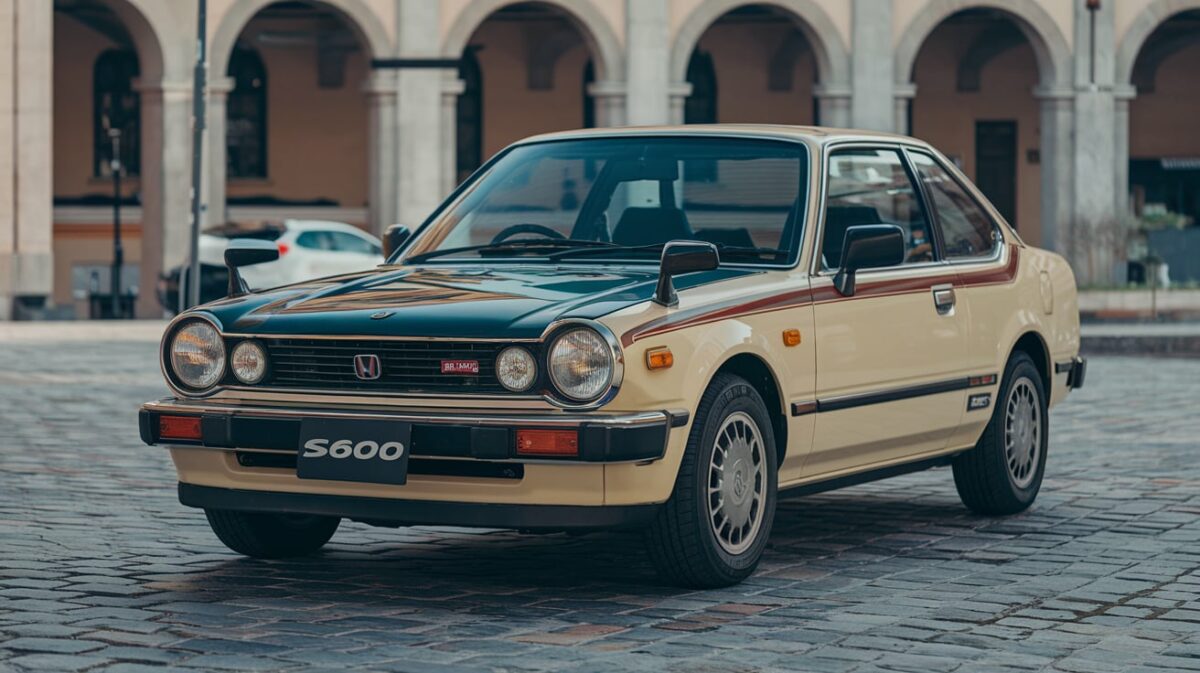Introduction and Design
The Honda S600, introduced in March 1964, marked a significant milestone as Honda’s first car offered in two body styles: a convertible, closely resembling its predecessor, the S500, and a fastback coupe, which debuted a year later in March 1965. While the overall design remained largely unchanged, subtle updates were made to the front grille, bumper, and headlights.
Engine and Performance
This model featured an upgraded 606 cc engine, delivering 57 horsepower at 8,500 rpm and capable of reaching a top speed of 90 mph. The convertible had a lightweight build at just 1,576 pounds, with the coupe adding a modest 33 pounds due to its additional sheet metal.

Mass Marketing and Export Appeal
The S600 was Honda’s first “mass-marketed” car. Initially available with right-hand drive only, left-hand drive variants were soon introduced to cater to export markets. Although a few pre-production S500 models were made with left-hand steering (and even appeared in early sales brochures), all production S500s were strictly right-hand drive.
SM600 Package Features
Both the S600 roadster and coupe came in standard trim or a premium package known as the SM600. This upgraded version included features such as unique paint colors, exclusive badging, a standard radio with a speaker, a passenger-side sun visor antenna, reversing lights, a cigarette lighter, a heater, better-cushioned seats, and a removable passenger seat track.
Production Numbers
Production numbers for the S600 far surpassed those of the earlier S500, making it the most popular of Honda’s early sports cars. In 1964, Honda produced 3,912 S600 roadsters. Production rose significantly in 1965, with 7,261 convertibles and 1,519 coupes manufactured. By 1966, as Honda transitioned to the S800, production slowed to just 111 roadsters and 281 coupes. Over its three-year run, total production reached 11,284 convertibles and 1,800 coupes.
Legacy and Rarity
Despite its initial popularity, only a few hundred Honda S600s have survived to this day, making it a rare and cherished piece of automotive history.
